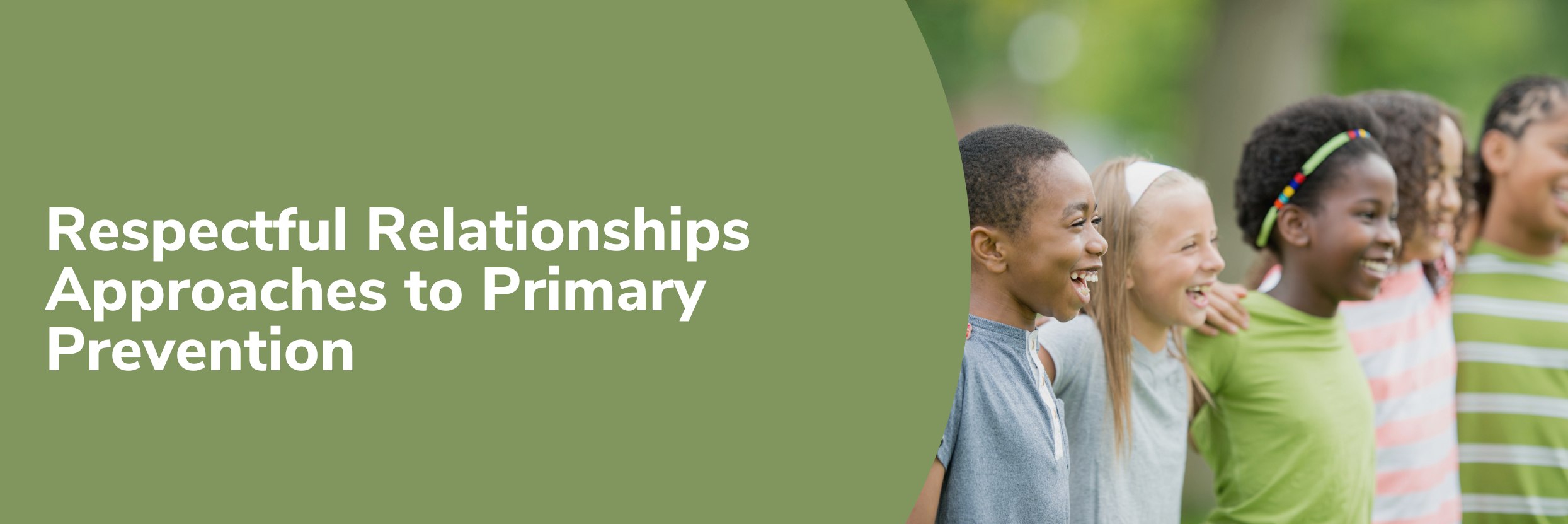WA Respectful Relationships Teaching Support Program

As part of our commitment to preventing violence and building safer communities, Starick is delivering the Western Australian Respectful Relationships Teaching Support Program (WARRTSP) to primary and secondary public schools across Western Australia.
WARRSTP uses a whole-of-school approach to support staff in delivering appropriate respectful relationships material in the school curriculum and the broader school environment.
- The program’s aim is to give school staff the skills they need to support students to build relationships that are non-violent, equal, mutually respectful and trusting.
- The program includes:
- Professional learning for teachers and school staff.
- Information, tools and strategies to teach students about respectful relationships and gender equality, and
- Supporting schools to implement a whole-of-school approach to violence prevention.
WARRSTP is funded by the Department of Communities, and supported by the Department of Education.
The WARRSTP is part of WA Labor’s election commitment to stopping family and domestic violence.
It is also a key initiative of Path to Safety: Western Australia’s Strategy to Reduce Family and Domestic Violence 2020-2030.
About Respectful Relationships Education
Respectful Relationships Education (RRE) is a whole-of-school approach to creating and maintaining a culture of respect within school communities.
RRE supports students, staff and the wider community to build healthy and safe relationships based on mutual respect, non-violence and gender equality.
RRE is an evidence based, primary prevention approach delivered through schools to create generational and cultural change. It engages schools as places of learning and as workplaces to address the drivers of gender-based violence and create a future free from violence.
The following video features schools that have participated in the WA Respectful Relationships Teaching Support Program. It identifies key initiatives they have implemented which have delivered positive outcomes for students, teachers and the broader school community. It demonstrates how generational change is taking place within their school communities as a result of the program.






